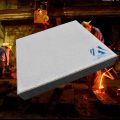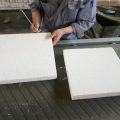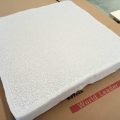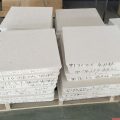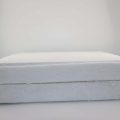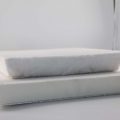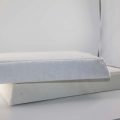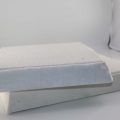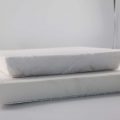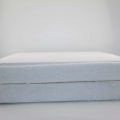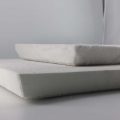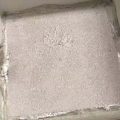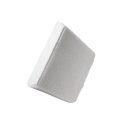30ppi Filter Foundry has the characteristics of large filtering area, good thermal shock stability, high chemical stability, good resistance to metal erosion and good filtering efficiency.
Therefore, in the metal melt filtration and purification technology, as a new type of high efficiency filter, it has received the attention of aluminum melting and casting plants.
Foam Ceramic Filter Foundry is an alumina-based ceramic foam filter, which can be widely used for filtering in the casting process of aluminum, aluminum alloy and other non-ferrous metals. This type of filter can be placed in standard filter boxes, holding furnaces, etc.
30ppi Filter Foundry is used in the casting process to filter solid slags such as metal oxides contained in the molten metal, thereby improving the quality and yield of castings, the use of ceramic foam filters has promoted the technological progress of the casting industry.
Ceramic foam filters are basically divided into 6 pore sizes: 10PPI, 15PPI, 20PPI, 25PPI, 30PPI, and 40PPI. The larger the number, the smaller the aperture. But in actual practice, the four types of 10PPI 20PPI 30PP 40PPI can meet the needs of customers.
Aperture selection
1. The casting: 10~25ppi
2. Semi-continuous casting: 30~60ppi
3. High-quality aluminum or sheet: 50~60ppi
4. Continuous casting and rolling: 50~60p
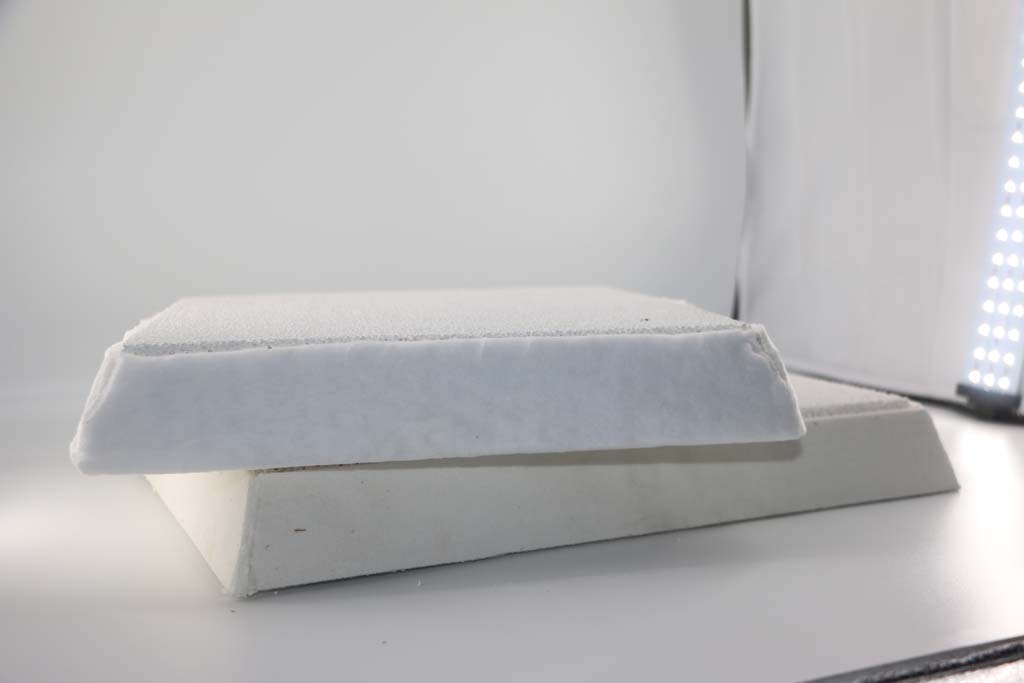
The use effect of ceramic foam filter
Save metal
In order to reduce inclusions during the pouring process, efforts are often made in the pouring system to try to make the inclusions in the molten aluminum stay in the pouring system before entering the cavity.
If the inclusions are serious in the casting process, every effort should be made to enlarge the height and length of the runner, and increase the volume of the slag bag, thus reducing the casting yield.
Reduce machining allowance and improve cutting performance
In the process design, the non-machined surface of the casting is often poured upwards. The reason is that there are often inclusions on the upper part of the mold, and the inclusions are not easy to be noticed when they remain on the non-machined surface.

